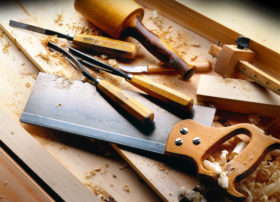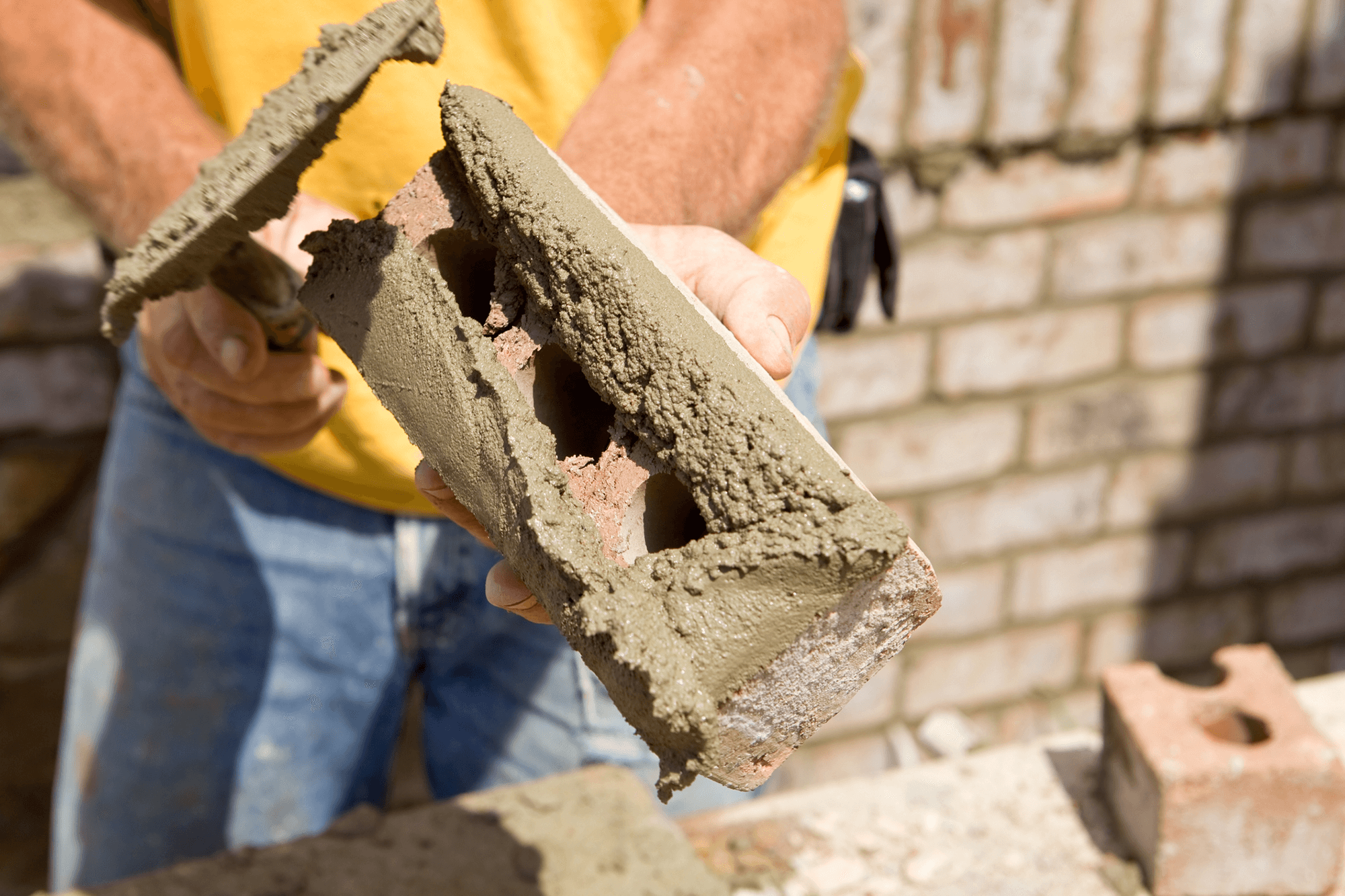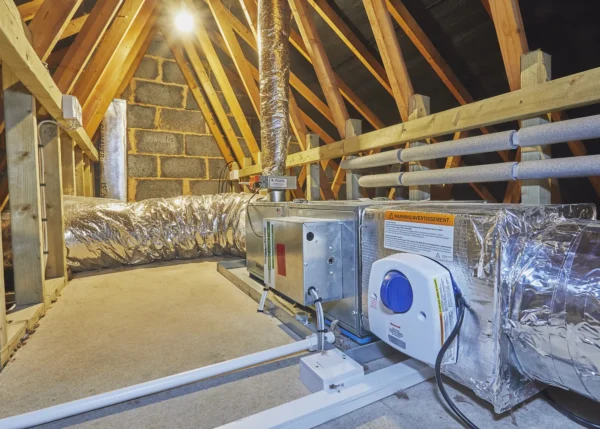Finding Good Trades for Home Building Projects
Over-charging, poor workmanship and unfinished jobs – we’re all familiar with the scenarios created by cowboy builders. But has overexposure to TV programmes that uncover disreputable tradespeople left us with an unfair perception that the whole industry is crooked?
The fact is that programmes featuring competent tradesmen and tradeswomen doing a good job, for a fair price aren’t as riveting to watch as a dose of schadenfreude. Unfortunately this means the truth about the industry is skewed for the sake of entertainment – much to the chagrin of honest builders who often get tarred with the same brush.
In reality there’s a huge number of excellent firms out there who take pride in their work and strive to do a good job, not least because their reputation depends on it. So how do we avoid the rogues?
Finding a builder
On the whole, self-builders tend to be an impatient lot. Once we have obtained approvals for a project, we want to get going as quickly as possible. In a typical scenario, out come the Yellow Pages and there follows a series of calls to everyone from Aardvark Builders through to Zebedee Construction until we find someone who can start on Monday. If this sounds familiar – stop! You need to ask yourself why they’re available to start at such short notice.
Good tradespeople are always busy, so will probably have the next client lined up and quite possibly the following one, too. If you want to be on their books, you need to plan ahead. If a builder is available at short notice, the chances are they are trying their luck with you as an easy touch or, worst case scenario, they have just been ‘finished’ on another job by rushing through with poor standards of workmanship. Bear in mind that you aren’t required to have any qualifications before you set up as a builder, so do your homework on them first!
It’s highly unlikely that a good builder will transform into a poor trade overnight, whereas a cowboy probably never had any construction skills to start with. Therefore, it’s fair to assume that if someone has done a good job elsewhere, they will be able to replicate this for you. Recommendation is by far the best way to find a tradesperson.
If you know someone who has hired a trade or builder with good results, then pester them for contact details. Many builders pre-empt this by placing a contractor’s board outside the property they are working on. What they are saying is: “See what I’m doing here? Good, isn’t it? If you’d like me to do the same for you, call this number.”
For some builders, this is all the advertising they’ll ever need for a steady flow of jobs. However, references are crucial and should always be followed up. Rogue trades are invariably plausible actors and have been known to claim other’s work as their own. So, never just take their word for previous achievements, go and check with the homeowners and drop them like a hot brick if you suspect something is amiss.
Trade association websites such as the FMB’s www.findabuilder.co.uk can be a good source of leads. However, be prepared to be inundated with replies if you bid for tender responses through these sites – it can be hard to sort out the wheat from the chaff.
The current economic climate has had a severe effect on the construction industry. Work is scarce and it has been hard for some small companies to get by – so they are bidding for everything that comes up. As a result, self-builders and renovators have benefitted from some very competitive bids from builders and trades desperate to secure work to keep them afloat.
General or individual trades?
Hiring a general builder, who will take on the role of main contractor, is more expensive because you are effectively passing much of the risk over them. They will have to source individual trades for you, but will know who is worth hiring in your area.
If you take on the project manager role and hire the individual trades yourself, you can expect a lower labour bill, but this will be at the expense of your increased involvement and you’ll need to assess every tradesperson you hire. Other self-builders can provide an invaluable source of knowledge on good trades and subcontractors, so ask around.
If you are building in a system other than traditional brick and block or timber frame, it’s a good idea to check whether your builder is comfortable with your selection. If not, seek references for suitable tradesperson from the supplying company.
If you can’t get the particular person you’d like to hire, it’s sometimes a good idea to ask someone from a follow on trade for recommendations. For example, an electrician will tell you who is a good plasterer, as a good plasterer is likely to be the one that takes care not to bury the tails of first fix cables, making it easier for the electrician to find them when he returns to the site – and so on.
Managing trades on a building project
Try to maintain a good rapport with your builder or trades. You are not looking to make a new friend-for-life, but you are looking to be able to communicate effectively with the people who can make your project a reality. It’s a good sign when a builder asks you as many questions as you ask them during the tendering process – it shows engagement and enthusiasm for the task ahead.
Once hired, my advice is to let them do the job you are paying them to do. No one likes to have their boss hovering over their shoulders while they’re working – your trades will be no different. By all means keep an eye on progress and quality, but avoid being over-critical or, even worse, refusing to pay the bills because of trivial defects. No one comes to work just to be shouted at and your trades will feel the same way.
If you have a genuine grievance, then point it out immediately and ask for it to be rectified in a firm but polite manner, in writing if necessary. As a last resort, if the grievance isn’t resolved then don’t be afraid to inform the tradesperson that they’re finished on the site and get in someone else who can do the job properly.
For smaller issues you should be holding back 2.5% of all payments as a retainer to cover snagging at the end of the build, usually a few months after the completion certificate is issued. So if the builder doesn’t come back to do this for whatever reason, you’ll still have the funding to get someone else in, or fix it yourself and save the money.
Payments
Terms of payment should be agreed at the outset. One golden rule is never pay money up front – it’s a warning sign that the builder is either insolvent or can’t get credit from suppliers. A fixed price contract is preferable for most self-builders, but don’t discount agreeing to a day rate if you’re seeking a particularly high quality of workmanship. This method allows trades the time they need to do an exceptional job.
Stage payments can be agreed at regular intervals, say weekly or fortnightly in arrears, but a more common arrangement is to agree milestones with your builder such as: preliminaries/site clearance and footings; foundations up to damp proof course; superstructure to wall plate; roofed in – wind and watertight; first fix; second fix; completion; and snagging.
This gives the builder an incentive to progress the work, rather than just waiting for a regular cheque to arrive regardless of what’s been achieved. It’s a good idea to tie these in to reflect the stage release points for your self-build mortgage, if you have one, and any structural warranty inspections. This means you’ll have the funds available to pay and have confidence that the quality of the build is up to standard.

































































































 Login/register to save Article for later
Login/register to save Article for later












Comments are closed.